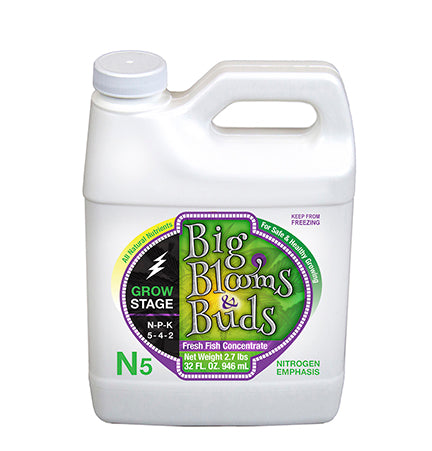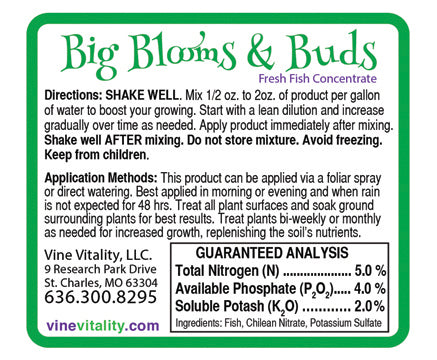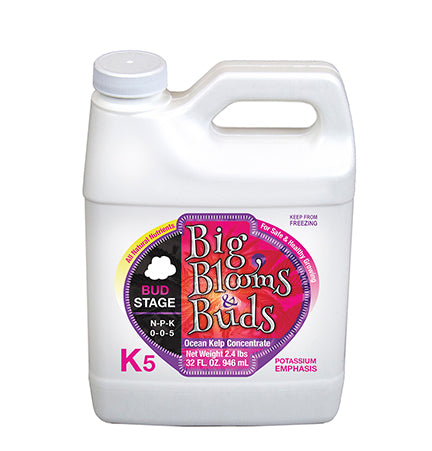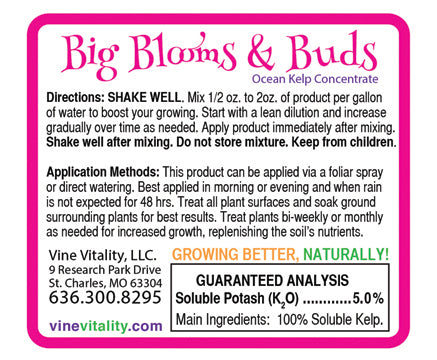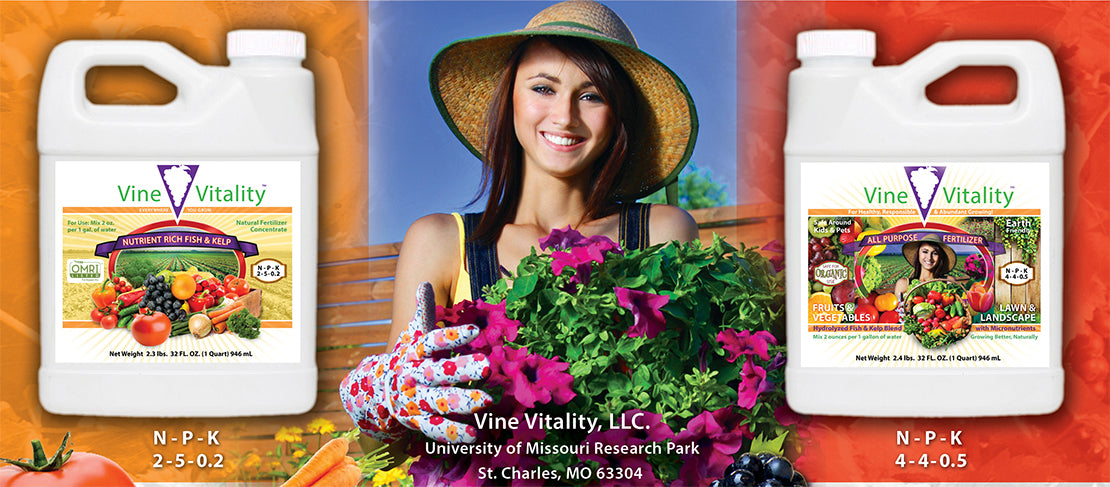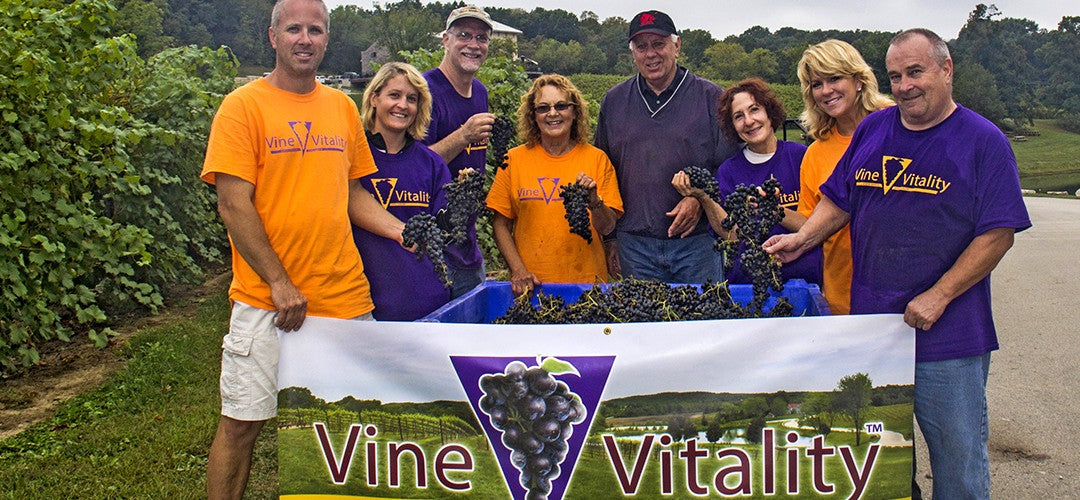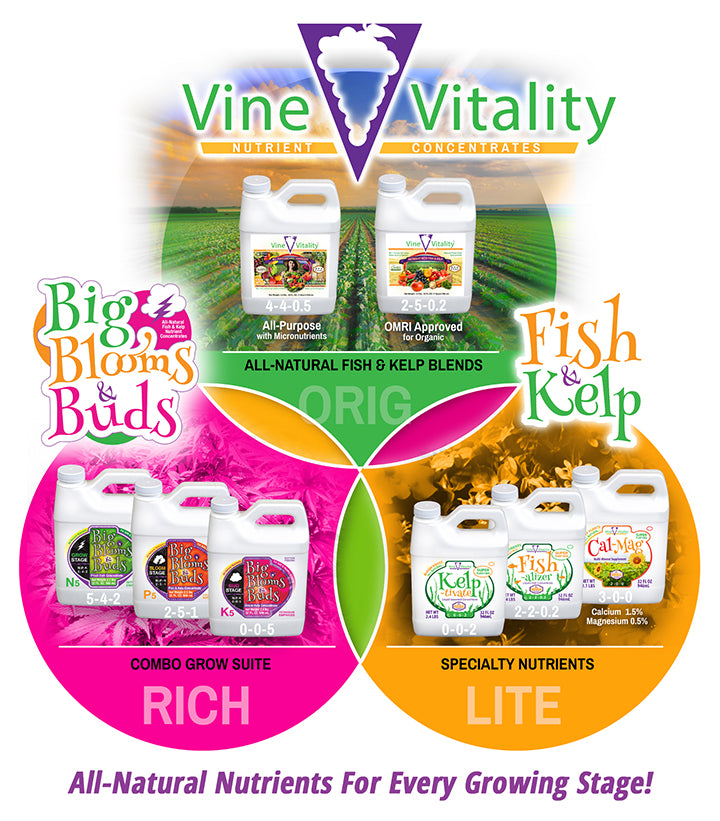
All-Natural Nutrients
Hydrolyzed Fresh Water Fish
& Ocean Rich Seaweed Kelp
Featured collection
-
Big Blooms & Buds N5 Nutrient Rich Fresh Fish Concentrate 5-4-2
Regular price From $21.95 USDRegular priceUnit price per -
Big Blooms & Buds K5 Nutrient Rich Ocean Kelp Concentrate 0-0-5
Regular price From $23.95 USDRegular priceUnit price per
-

Rich Combo Nutrient Suite
A proven trio from start to finish of your grow.
-
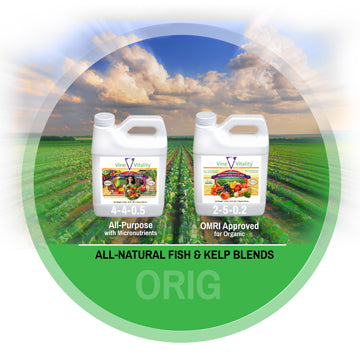
Original Grow Nutrients
The Original All-Natural Fish & Kelp Blends
-
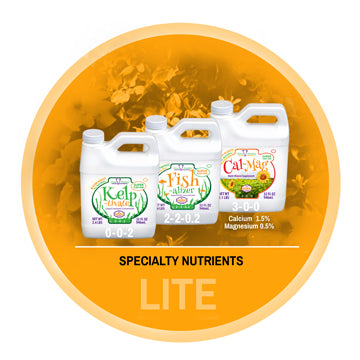
Specialty Grow Nutrients
Isolated Nutrients For Custom Growing Enhancement

